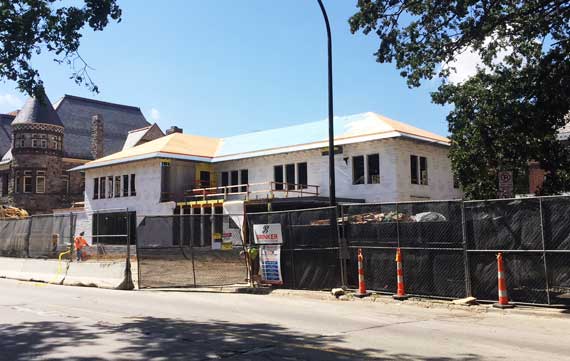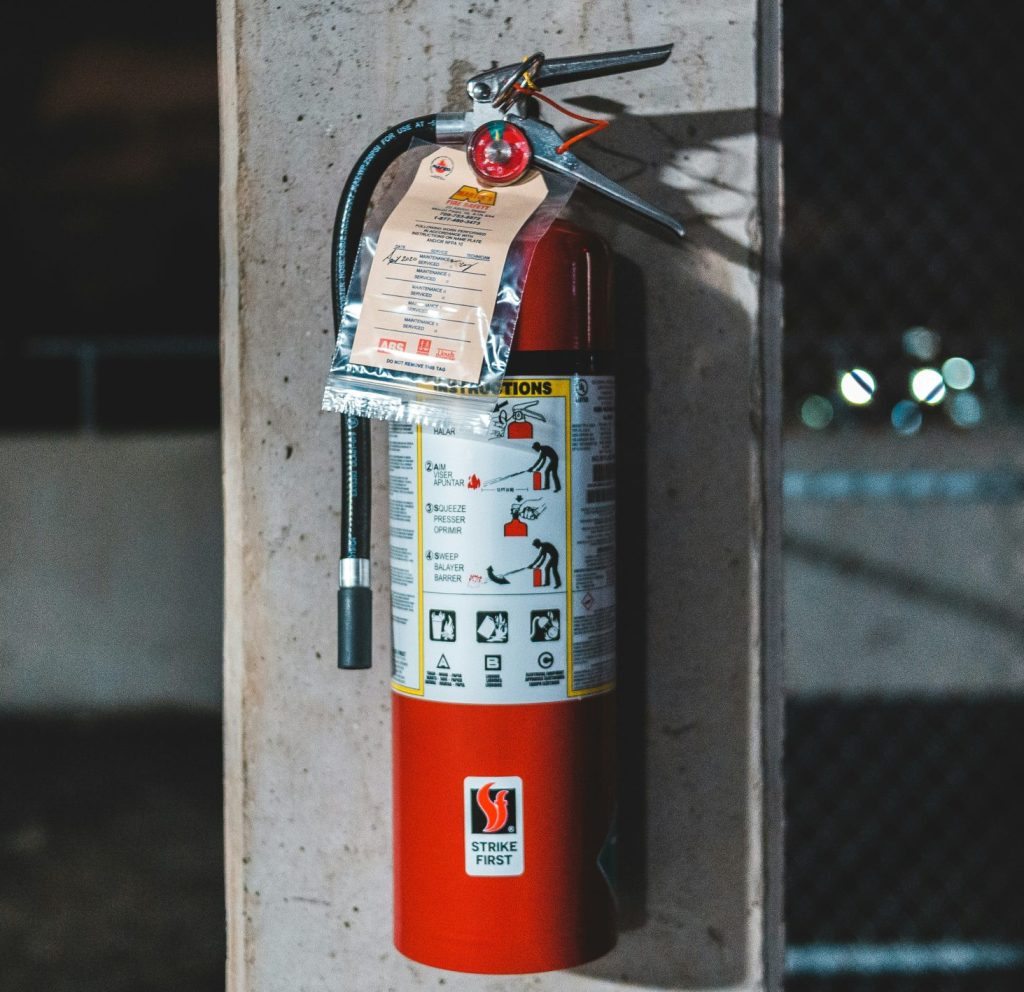Radiation
Radiation safety begins with lab directors providing lab-specific training to their personnel regarding occupational risks associated with their specific radionuclides, radiation-generating machines, and procedures. You are required to comply with the appropriate regulations, complete contamination surveys, verify all personnel participate in the Radiation Safety Services (RSS) Dosimetry Program, and, if applicable, inform women about the Declared Pregnant Woman program.
Radiation Safety Service (RSS) provides you with the following support when working with radioactive materials and radiation-generating machines:
- Evaluate safety of the activities and facilities
- Monitor radiation exposures, and assess environmental and personnel doses
- Respond to radiological emergencies and radioactive spills
- Monitor radon
- Recommend monitoring equipment appropriate to the source of radiation
- Apply for regulatory licenses and registrations
- Evaluate laser compliance and safety
- Provide safety training on exposure and contamination control, risk assessment, and instrumentation use
Forms
To help authorized users stay in compliance with the rules and regulations regarding radioactive material, RSS provides a standardized program to document authorization to use radioactive materials or radiation-generating machines, record contamination surveys, distribute dosimeters, track radionuclides ordered and used, and ensure users have completed the required training.
Application Forms (RSS-101 Forms)
Individuals who want to become authorized users of radioactive material must complete the following applications. The following forms may be in a downloadable “Word” format so that you can print them for your operation as is, or download and modify them to meet your unique needs. When you click the link it will automatically go to the download file.
Individuals wanting to use radioactive materials for animal research must also complete the RSS-101 Section 9 Form.
Contamination Surveys (RSS-105 Form)
Authorized users and their lab personnel are responsible for conducting contamination surveys to verify the laboratory is free of radioactive contaminants, documenting and maintaining the contamination survey results, and having the contamination results available to RSS and the Nuclear Regulatory Commission inspectors. Use the following documents to conduct and record contamination surveys.
NOTE: Authorized users may record the results of the contamination survey on the Radioactive Contamination Survey Record or in their own log book.
Radionuclide Procurement and Tracking Form
Authorized users are required to track each radionuclide purchased from time of purchase until the time of disposal. The Radionuclide Receipt, Utilization and Disposal Record Form can be used to track this information.
-
- Radiation safety training is required by state and federal regulations. All users of radioactive material or sources must complete the Radiation Safety Orientation (or equivalent) to become acquainted with radiological hazards and applicable work requirements.
-
- The Radiation Safety Orientation and the REQUIRED Annual Refresher Training have been combined into a single course (EHS_RSS103w on My Linc), which can be accessed from the EHS Safety Training Course List.
- After completing the online training, users of radioactive material or sources must sign an Annual Refresher Training Acknowledgment Form (or print their course completion certificate) and file it in the their Authorized User’s Radiation Safety Manual and Records (yellow) binder. Authorized users of radioactive materials or sources must retain a copy of the signed acknowledgement form for inspection by RSS or regulators.
Training
Customized Training
RSS offers customized training for:
-
- Specifically-required protocols for those individuals using radioactive materials or radiation-generating machines
-
- X-ray devices and specialized equipment specific or unique to radiological use, such as:
-
- Analytical X-ray Machine Safety Training
-
- X-ray Fluoroscopy Safety Training
-
- Sealed-Source Safety Training
-
- Radiation Safety Training for Animal Handlers
U-M Hospital and Health Centers Training Requirements
-
- U-M Health (Michigan Medicine) personnel handling or administering unsealed radioactive materials or handling radioactive sources must complete the Radiation Safety Orientation (or equivalent) within 60 days of starting work, to become acquainted with radiological hazards and applicable work requirements, and complete annual refresher training (or equivalent). The Radiation Safety Orientation and Annual Refresher Training have been combined into a single course (EHS_RSS103w on My Linc), which can be accessed from the EHS Safety Training Course List.
-
- In addition, U-M Health personnel participating in procedures involving radiation-producing machines, handing unsealed radioactive materials, handling radioactive sources, or caring for radioactive patients must complete all U-M Health radiation safety training relevant to their job duties. The following courses are available through the U-M Health learning management system (Cornerstone Learning):
| COURSE | AUDIENCE |
| RADI-C10115: Dosimetry Compliance and Occupational Radiation Safety | Personnel operating or participating in procedures involving radiation-producing machines (e.g., x-ray, fluoroscopy). Primary audience is Radiology and Nursing. |
| RADI-10260: Radiation Doses in CT | Personnel operating or participating in procedures involving computed tomography (CT) machines. Primary audience is Radiology. |
| RADI-10124: General Radiation Safety | Personnel who care for patients containing radioactive material or radioactive sources. Primary audience is Radiation Oncology and Nursing. Prerequisite for RADI-C10120. |
| RADI-10120: Brachytherapy | Personnel participating in brachytherapy treatments, handling brachytherapy sources, or caring for patients containing brachytherapy sources. Primary audience is Radiation Oncology. |
| RADI-C20023: Radiation Safety for MIBG Therapy | Personnel participating in MIBG therapies. Primary audience is Nursing and Nuclear Medicine. |
| RADI-C10100: Fluoroscopy Privileging | Operators of fluoroscopy machines for patient use |
RSS may develop and/or conduct specialized radiation safety training based on the specific needs of a department or job function.
Radon
Radon is a naturally occurring radioactive gas formed by the decay of uranium in the earth’s soil and is always present to some degree in the air we breathe. The only known health effect associated with exposure to elevated levels of radon is an increased risk of developing lung cancer. A person’s risk of developing lung cancer depends upon the concentration of radon and the length of time the person is exposed.
RSS provides radon monitoring devices and the technical expertise to evaluate radon levels and mitigation strategies for U-M facilities.
Safety Protocols
Radiation Safety Service (RSS) provides consultation to research and clinical personnel in designing the experimental protocols to ensure radiological safety and regulatory compliance are maintained. Consults include evaluating exposure potentials to prevent, minimize, or eliminate radiological hazards and safety is accomplished through continuous interaction with research and clinical personnel.
The following documents are in place to assist the U-M community with proper handling and use of radioactive materials:





